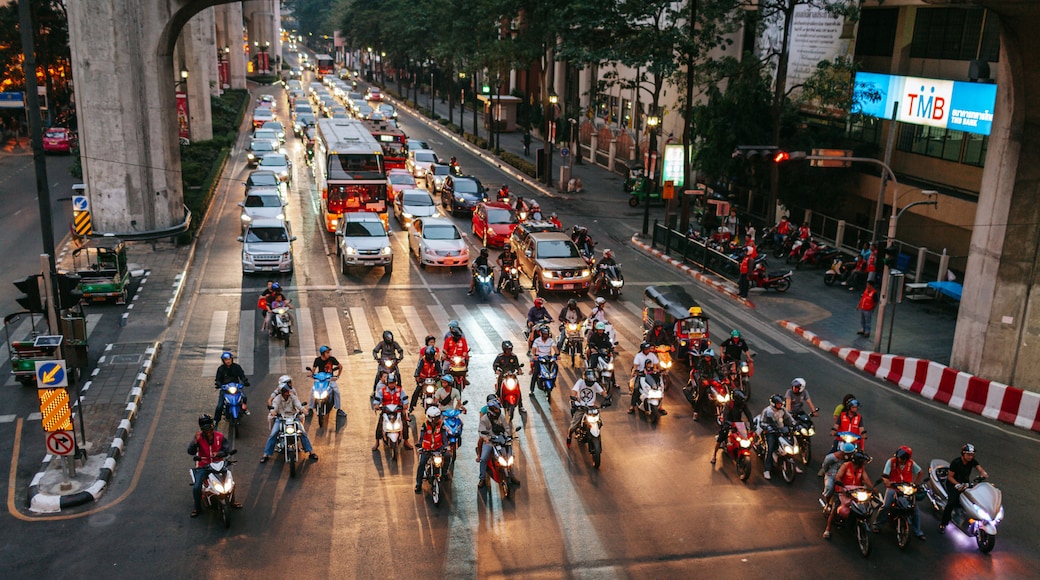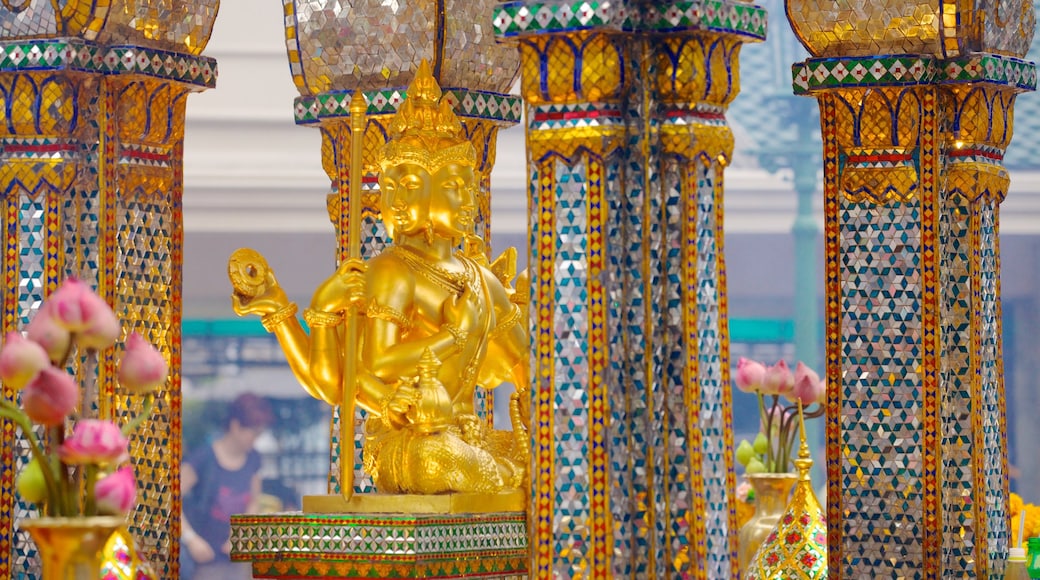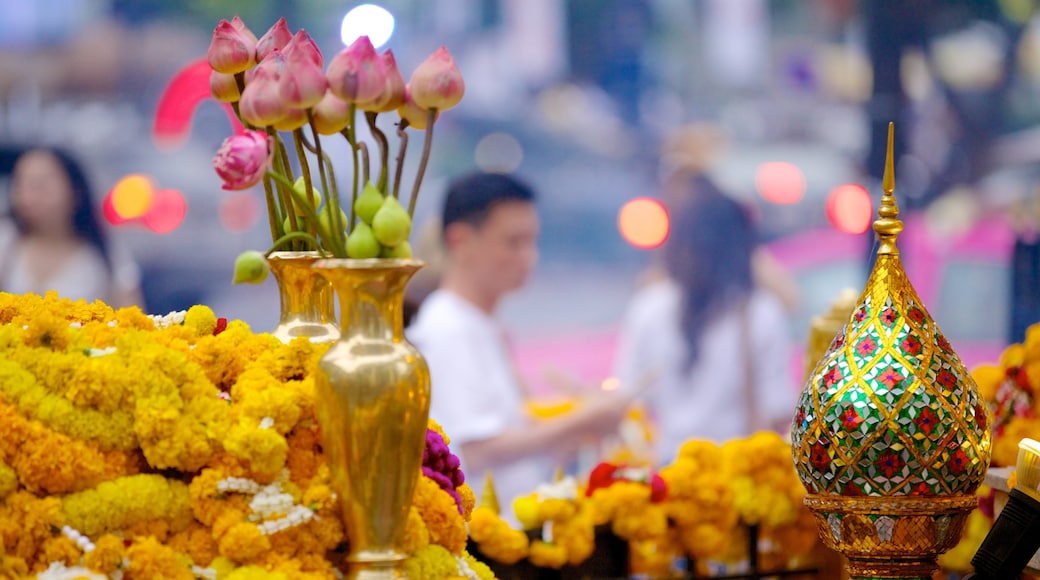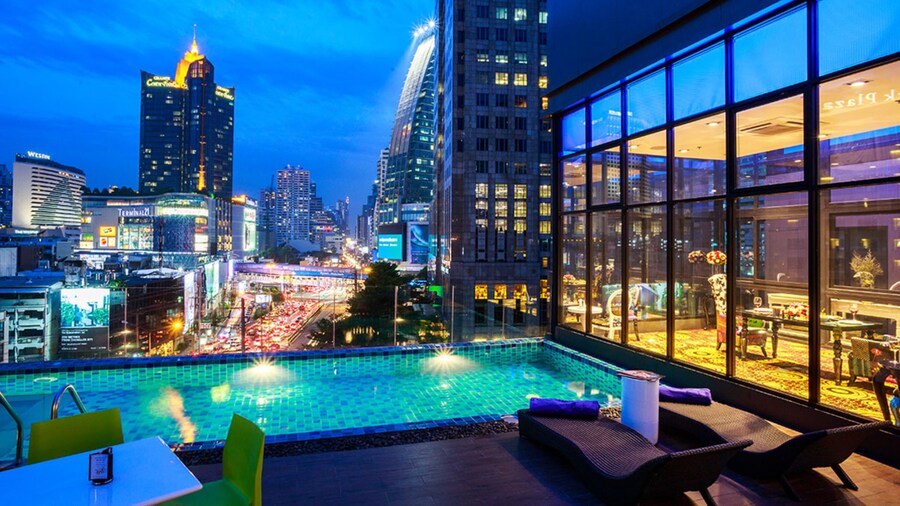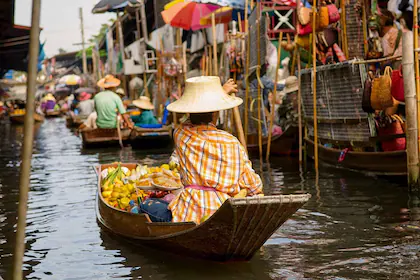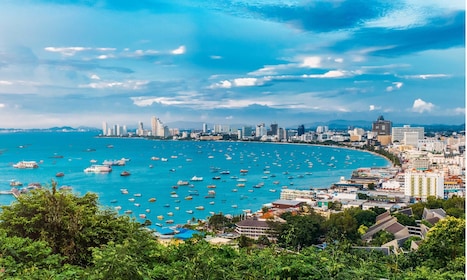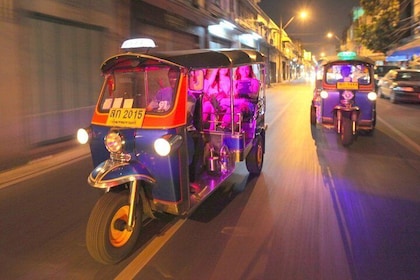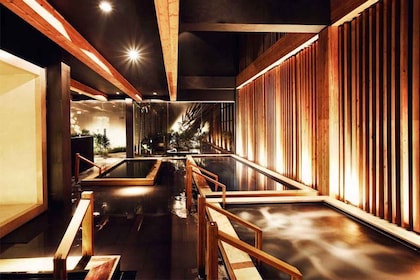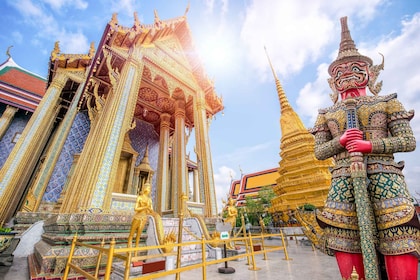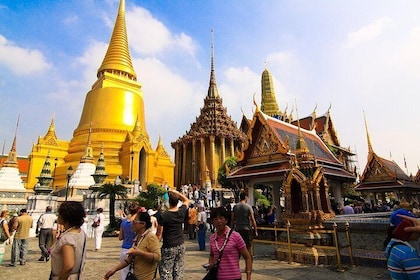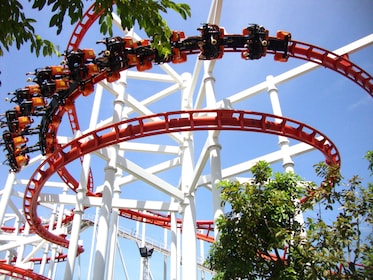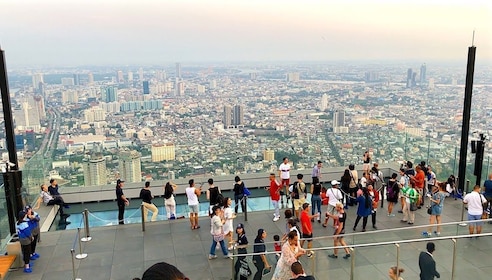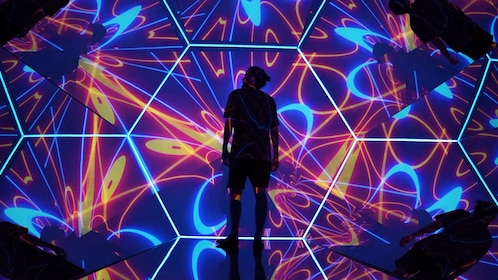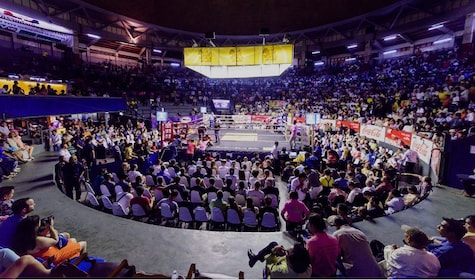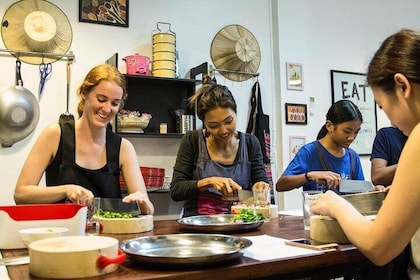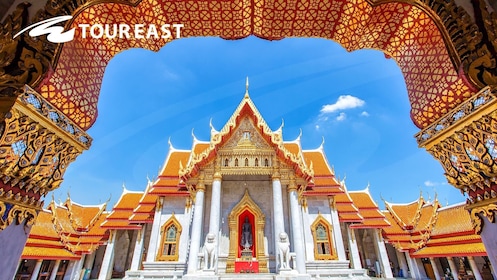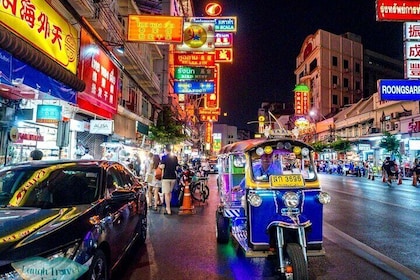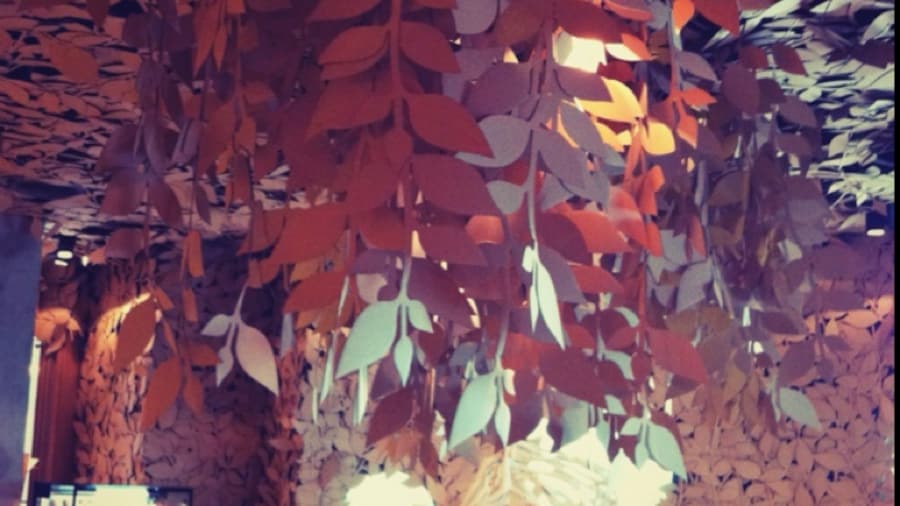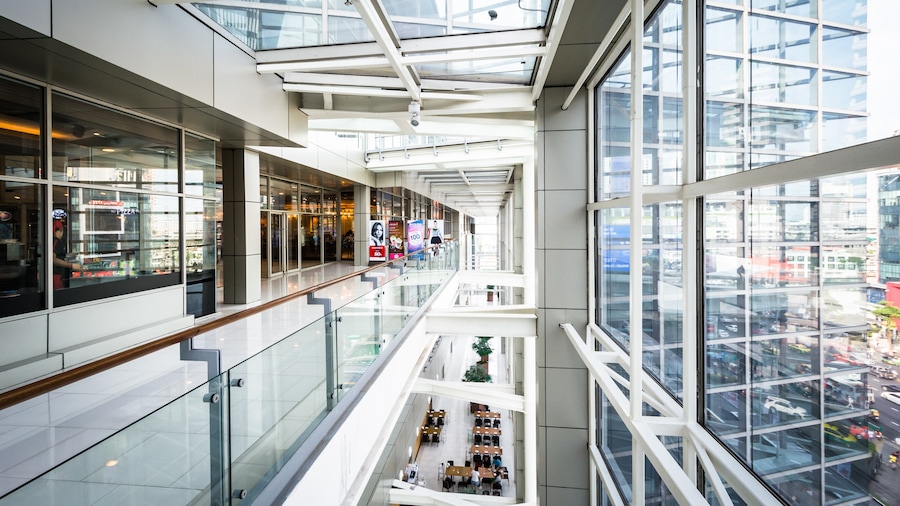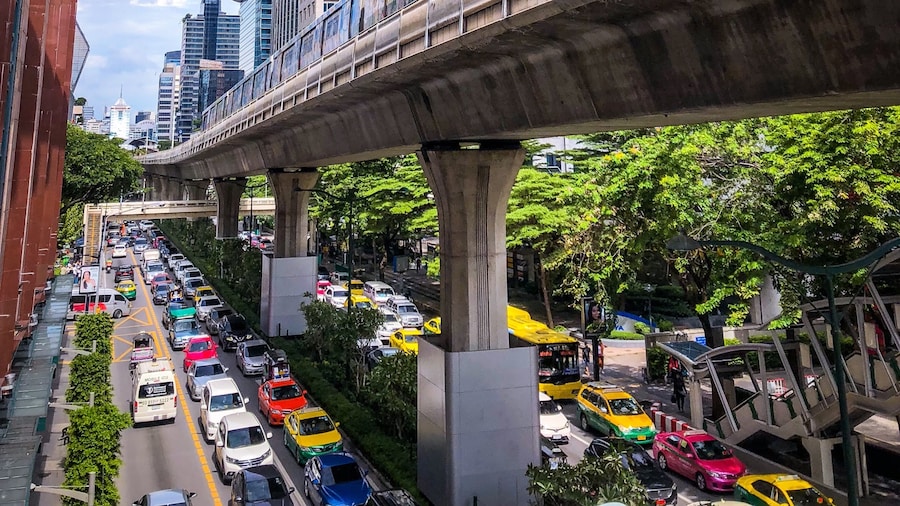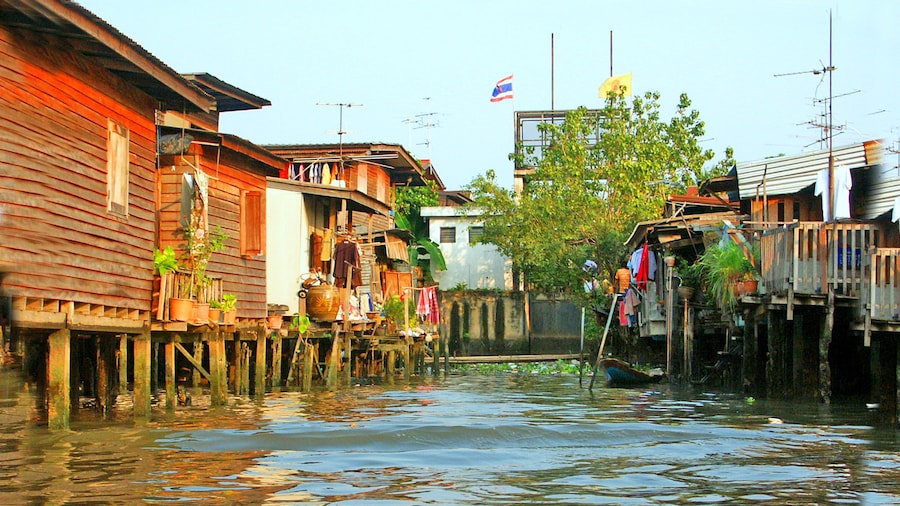A magnificent Hindu deity that sits on a busy junction. The atmosphere is heady, calm and friendly and offerings are received by millions of people each year.
Located at one of Bangkok’s busiest intersections, the statue of the Hindu god Brahma at the Erawan Shrine is surrounded by music and garlands of flowers and the heady smell of burning incense as people gather daily to pay their respects to the deity.
The popularity of the Erawan Shrine and the ancient Indian customs surrounding it are testament to the importance that traditional religion still plays in a modern and predominantly Buddhist Thailand. Sitting at the base of the Grand Hyatt Erawan Hotel, the shrine was built in keeping with the Indian custom of building shrines at construction sites.
Called Than Tao Mahaprom or San Phra Prom by the Thais, the golden figure of the Hindu god has four faces and arms. The statue in place today is actually a replica of the original after it was vandalised in 2006. The perpetrator was promptly beaten to death by onlookers, testament to the statue’s importance and the place it holds in the hearts of the people.
The shrine was built in 1956 on the advice of an astrologer, following a number of fatal accidents and financial mishaps surrounding the Grand Hyatt’s construction. The Brahma deity was put in place and the project reached completion peacefully and with no further incidents. Today, the shrine is still considered a powerful symbol of luck and fortune, and Thais from all over Bangkok come by to bow, bring offerings or even perform songs and dances for the deity.
Play your part by offering flowers, making a donation to the performers, or buying a lottery ticket from a disabled seller. You can even pay to set a caged bird free.
Erawan Shrine is easy to reach by taxi or public transport. Take the Skytrain to Chitlom station, or a taxi or tuk-tuk to the point where Rajadamri and Phloenchit roads meet.


